Amazon.com Inc is introducing Kindle, its wireless electronic reader, for over 100 countries, including China and most of Europe, intensifying a battle for the burgeoning digital book market.
The move, announced on Tuesday, gives the world’s largest online retailer the widest global reach among its competitors, including chief rival Sony Corp. The Kindle will sell for $279 in other countries. Amazon also said it would cut prices for its U.S.-only Kindle by 13 percent to $259 from $299, bringing its cost closer to its rivals. The new price is $100 lower than it was a year ago.
Amazon — which regards the Kindle as a pivotal growth driver — said over 200,000 English-language books from a host of publishers as well as more than 85 international and U.S. newspapers and magazines would be available on the international device, which begins shipping October 19.
“Our vision for Kindle is every book ever printed, in print or out of print, in every language, all available within 60 seconds,” Chief Executive Jeff Bezos told Reuters. “That’s a multi-decade vision,” said Bezos, visiting a Kindle office in the Silicon Valley city of Cupertino.
Analysts have pondered the likelihood of Amazon developing the Kindle into a tablet-like device for tasks like emailing, texting and surfing the Web, thus competing with devices reportedly being developed by Apple Inc.
But Bezos reiterated his intention to optimize the reading experience, saying the company rejects compromise, whether it be a touchscreen that affects legibility or computer displays that eat up too much power. At the same time, Amazon is working on making Kindle digital books available on more devices. Besides the Kindle, those books can now be accessed on the iPhone or iPod Touch.
“We want you to read your Kindle books on laptops and smartphones, anything with an installed base,” Bezos said. He said he was not “in principle” against making the works available on rival devices like Sony’s, but was focused on platforms with “large installed bases.”
E-readers are expected by some to be the hottest gadget this holiday season and Bezos said he had “a lot of confidence” that it would be a “great holiday quarter for Kindle.” Forrester Research estimated 3 million e-reader devices would be sold in the United States in 2009, up from an earlier estimate of 2 million. That could double in 2010, bringing cumulative sales to 10 million by end-2010. The research group predicts that Amazon will take 60 percent market share in 2009, followed by Sony at 35 percent.
In July, Credit Suisse estimated revenue and gross profit from the Kindle could reach $420 million and $35 million, respectively, in 2009, representing some 8.4 percent of Amazon’s total revenue.
Via Reuters
 The italian magazine Chi and french magazine Closer have published a series of topless picture of Kate Middleton the Duchess of Cambridge. Now Prince William and Kate Middleton are threatening to sue French magazine Closer for printing her topless pictures.
The italian magazine Chi and french magazine Closer have published a series of topless picture of Kate Middleton the Duchess of Cambridge. Now Prince William and Kate Middleton are threatening to sue French magazine Closer for printing her topless pictures.




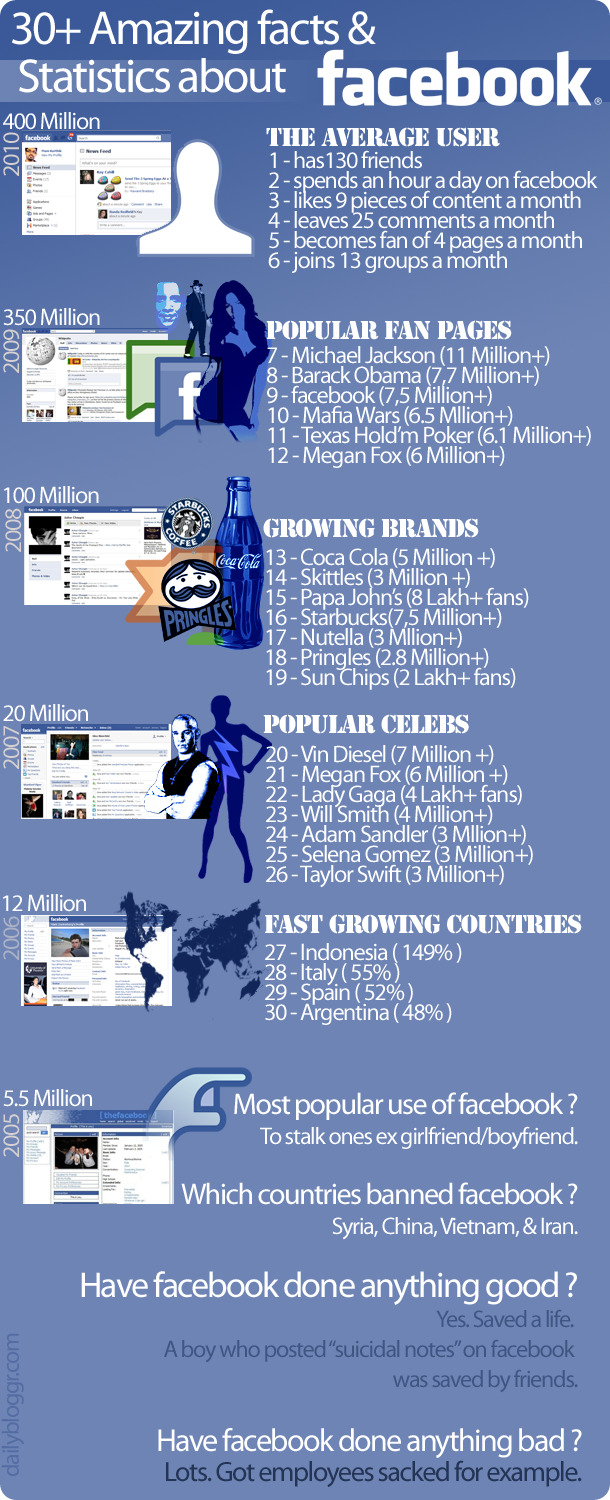
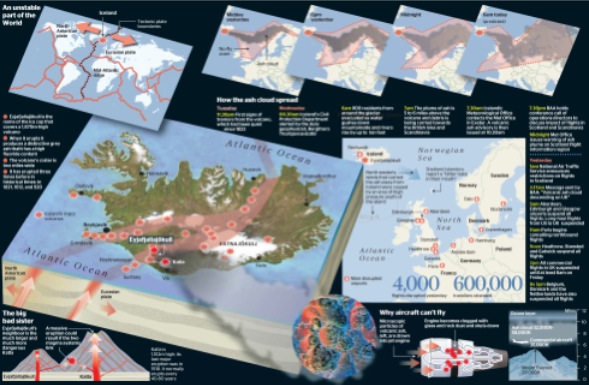
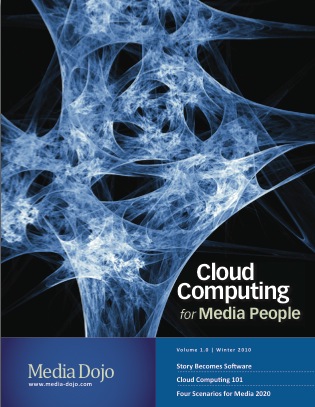
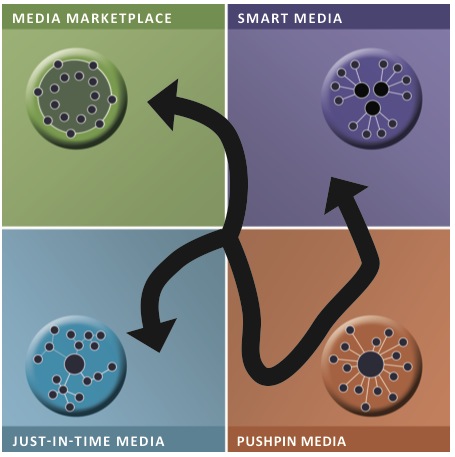 Media Marketplaces 2020:
Media Marketplaces 2020: Internet auction and services company EBay Inc has reached a deal to sell its online telephony unit Skype to a group of private investors, the
Internet auction and services company EBay Inc has reached a deal to sell its online telephony unit Skype to a group of private investors, the 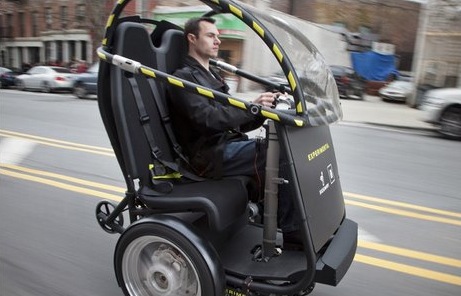
 VentureBeat has
VentureBeat has 



